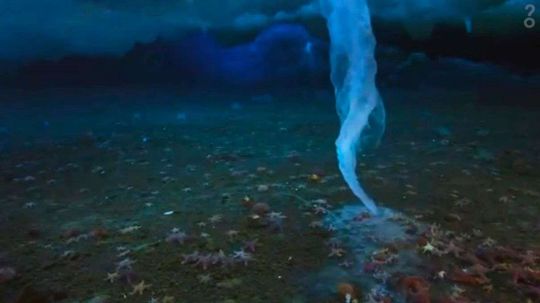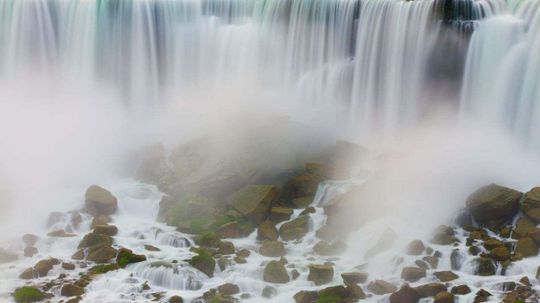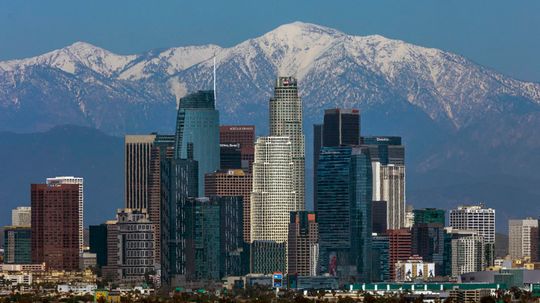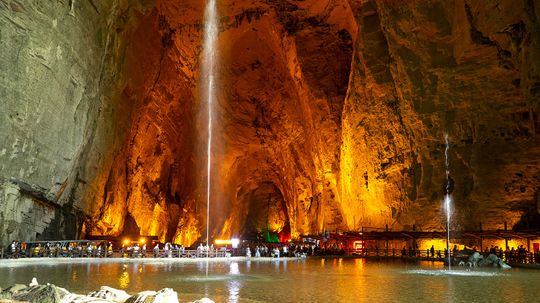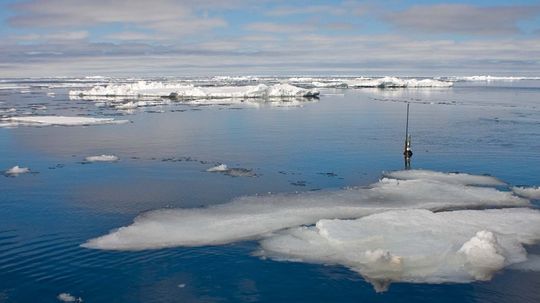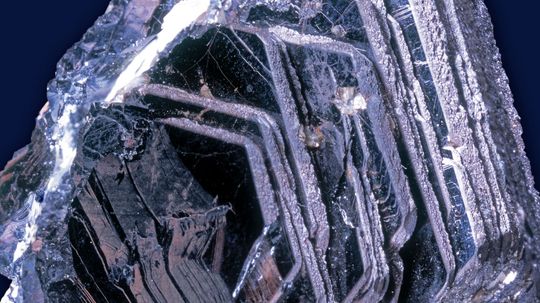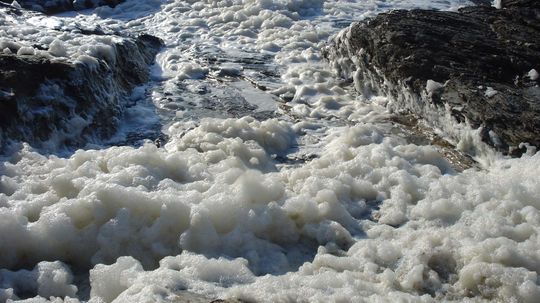Environmental Science
The environment is truly a thing of beauty and should be protected whenever possible. What can we do to save the environment, and what new technology is available to help us?
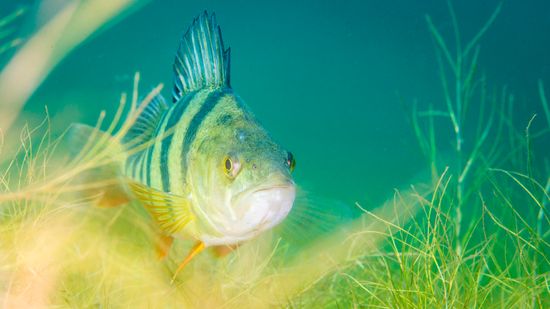
The Fish Doorbell Isn't a Joke ... Seriously
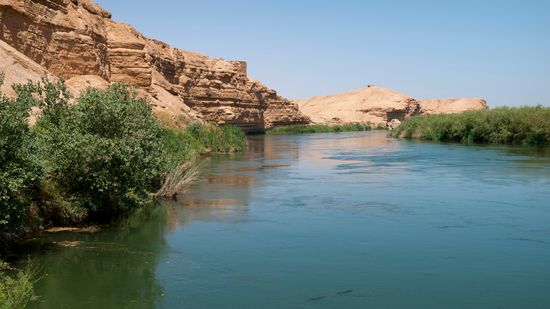
The Euphrates River, at the 'Cradle of Civilization,' Is Drying Up
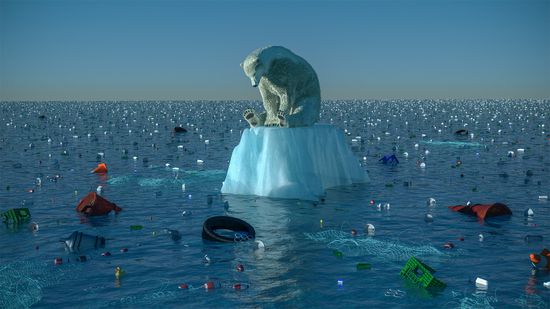
Study Says 2035 Is Climate Change Point of No Return

What State Has the Most Mountains in the U.S.? 8 Peak Records
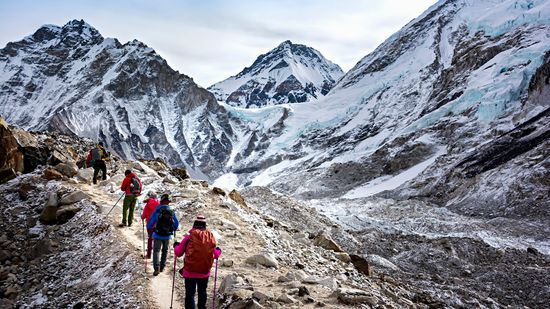
The Most Dangerous Mountain to Climb (and 14 Giving Steep Competition)

15 Types of Gemstones to Add a Little Sparkle to Your Life

How Many Birds Are Killed by Wind Turbines, Really?

How a Lithium Mine Works and Impacts Local Communities

How to Sell Electricity Back to the Grid
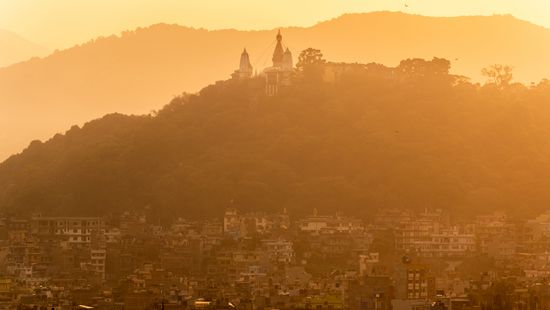
The Worst Air Quality in the World Is in Mountainous Terrain
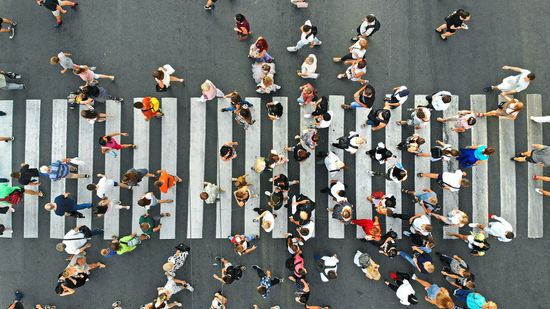
The World Hits 8 Billion People; Is That Good or Bad?
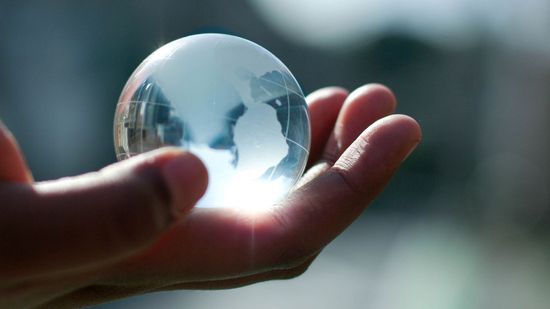
Quiz: Can You Tell Climate Change Fact From Fiction?
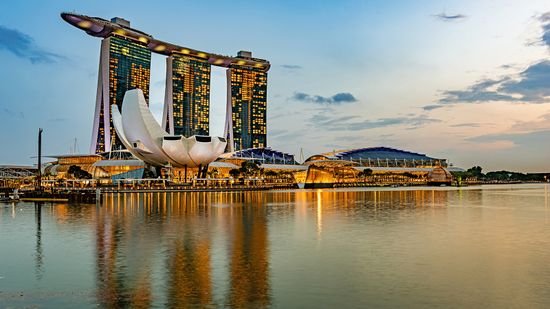
6 Most Futuristic Cities Powered by Renewable Energy
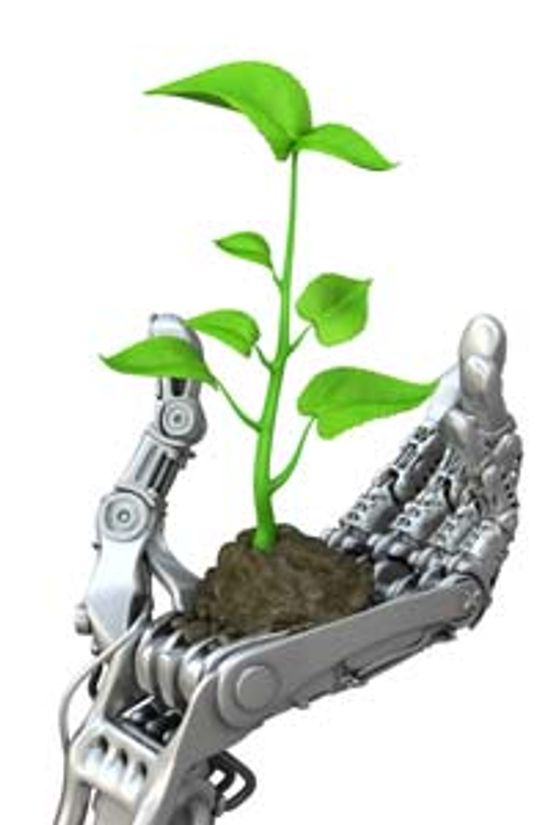
Top 5 Green Robots
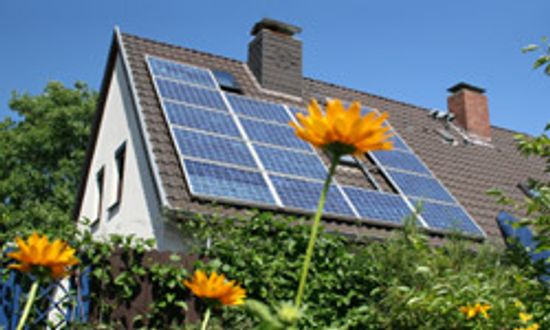
5 Things to Consider When Building a Solar-powered Home
Learn More / Page 19
Underwater icicles, also called brinicles or sea stalactites, form when super-cold brine meets normal seawater. The sub-zero phenomenon can kill some sea life.
The formidable gusher could stop flowing for a few months in 2019 in order to repair some bridges in dire need.
A growing network of global activists is taking an alternative approach to saving the environment: Pushing to recognize natural ecosystems as having legal rights like humans.
Advertisement
Satellite data shows just how much air quality has improved during the coronavirus crisis, from China, India, Italy and beyond.
It's been 51 years since the first Earth Day, and while progress has been made in some areas, humanity still has had a major impact on the planet.
One term might give you the impression of something grand and mysterious, while the other makes you think of claustrophobia-inducing environs that threaten human life. But what's the real difference?
The controversial technology of reflecting sunlight away from the planet could help blunt the worst impacts of climate change. Harvard University climate scientist David Keith weighs in.
By Betsy Mason
Advertisement
It covers more than 30 percent of the planet, and is home to all kinds of sea creatures. What other facts make the Pacific Ocean so amazing?
By Mark Mancini & Yara Simón
NOAA's Argo program distributes floating observatories across the globe. Why? They collect data about the world's oceans that is critical to understanding the planet.
You can find hematite found all over Earth, as well as Mars. The bloodstone the main source of iron and is also used in jewelry and painting.
Anyone who's been to the ocean has probably seen the foamy white stuff that clings to the sand after a wave breaks and recedes, but what the heck causes that bubbly foam and is it dangerous?
Advertisement
Lakes seem like serene places to escape and enjoy peace and quiet. So you'd probably be surprised to learn that a lake can actually explode without warning. It's happened, with deadly consequences.
By Mark Mancini
A killer smog 70 years ago helped lead to the first federal air pollution laws.
But that doesn't mean they worshipped them.
By Dave Roos
The Mushroom Burial Suit is designed to give our dead bodies new life by breaking them down and nourishing the soil.
Advertisement
How, in today's world, could a cave this massive go undetected for so long?
Coral grows faster when it's cut or broken and scientists are taking advantage of that to replenish depleted reefs.
Prior to the mid-1990s, the magnetic north pole traveled at speeds of around 9 miles per year. Now, it's 34 miles annually. What accounts for the acceleration?
By Mark Mancini
The pigment ultramarine was as expensive as gold in medieval Europe; so how did it end up in the teeth of a nun buried at a monastery in rural Germany?
Advertisement
What makes peat bogs so perfect at preserving human remains? We look at what's behind these waterlogged areas of decaying plant matter.
These ancient wonders aren't static sculptures; they vibrate and shift throughout the day, creating a variety of sounds as they stretch their aging, eroding 'bones.'
Sastrugi are gorgeous snow formations found in the polar north, but they're also no fun to travel over.
Some cities, even large ones, are making big strides in improving air quality.
By Loraine Fick
Advertisement
Scientists are hoping two enzymes are the key to breaking down huge amounts of plastic.
The oceans on planet Earth cycle through daily tidal changes. But the ground beneath our feet experiences tides of its own, too.
By Mark Mancini
